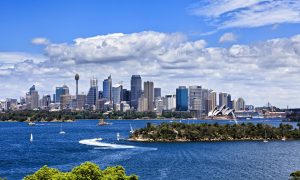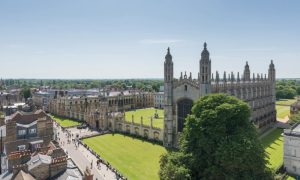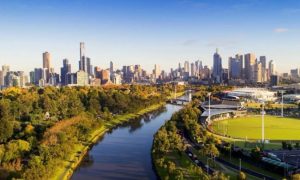Australia has always been a popular overseas destination, with a quality education system, sound medical care, and a diverse cultural environment that countless people aspire to. But before starting a new life, many people will face a choice:It's direct.immigrants, or transition by studying abroad first?
Both have advantages and disadvantages, and are suitable for different groups of people. Today we'll compare and analyze them in a practical, grounded way to help you make a clearer decision.
I. Direct immigration - one-step status advantage
vantage
-
High stability: After getting the Permanent Residence (PR), you can enjoy most of the benefits of the local residents in Australia, including health care, free compulsory education for your children and so on.
-
Career development is directly underway: No additional visa restrictions are required and there is freedom of choice of jobs and employers.
-
Saving the burden of tuition fees: The cost of education is lower when you migrate than when international students pay tens of thousands of dollars a year in tuition fees.
-
Whole family landing: Spouse and child status can be arranged in one go, avoiding cumbersome subsequent visa applications.
drawbacks
-
high threshold::skilled migrantCareer assessment, language scores, and scoring up to standard are required;investment immigrationHigher funding requirements.
-
Long application cycle: It can take months or even more than a year from the time an application is submitted to the time it is approved.
-
Stressful preparation: Language, funding, and professional qualifications need to be in place in advance.
Suitable for people: People who have good language skills, whose occupational background is in line with Australia's shortage industries, or who have the ability to invest and wish to enjoy long-term residency rights and benefits as soon as possible.
II. Study Abroad - A Transitional Program for Curve Migration
vantage
-
Relatively low barriers to entry: Compared to a direct application for technical orinvestment immigrationThe application for study abroad is easier, and academic and language requirements can be transitioned through matriculation or language classes.
-
Early adaptation to the environment: During your studies, you can slowly adapt to the Australian language, culture and lifestyle.
-
Accumulation of local resources: Make local contacts while you are in school to increase your chances of staying in Australia for employment and permanent residence after graduation.
-
Flexible Visa Transfer: After graduation, you can apply for a work visa (PSW) and then take the skilled migration route.
drawbacks
-
high cost: Tuition fees for international students are much more expensive than for local students, and with the cost of living, the overall cost is not low.
-
Unstable status: International student status is limited by course and visa validity, and failure to find suitable employment after graduation may force them to return to their home countries.
-
Longer: It may take 3-6 years from the time of enrollment to the time when you finally get your permanent residence.
Suitable for people: People who are younger, have less professional experience, or want to experience life before deciding whether to settle down permanently.
III. Comparison of key factors
| dimension (math.) | Direct immigration | Study abroad and then immigrate |
|---|---|---|
| time cost | Short and ready for settlement upon approval | Long, need to read + work experience |
| Funding requirements | High (investment) or medium (technology) | High (tuition + living expenses) |
| stability | your (honorific) | moderate |
| adaptation period | Direct entry into the workplace | Learn first, adapt gradually |
| risk | Difficulty in applying upfront | Risk of precarious employment after graduation |
IV. How to choose?
-
depending on the age::

-
Up to 30 years old: study abroad transition is more competitive, and you can immigrate after graduation with additional points.

-
Over 30: technical orinvestment immigrationIt's more straightforward and avoids the time constraints of a student visa.
-
-
Depends on the money.::
-
Have enough money and don't want to spend years studying: direct migration is cost-effective.
-
Limited funds, but can afford a few years of tuition: study abroad is a viable option.
-
-
Look at the professional background::
-
Meet the list of shortage occupations in Australia (e.g. IT, engineering, medical, etc.): Priority is given to direct skilled migration.
-
Lack of relevant vocational background: Australian qualifications and local work experience gained through study abroad.
-
V. Conclusion
either directlyImmigration to AustraliaWhether it's a transition to study, it's essentially a smoother way to settle down in Australia. Direct migration is suitable for those who are well-prepared and want to get there in one step; while studying abroad is more suitable for those who want to take a step-by-step approach and adapt before making a decision. The key is to assess your own conditions, goals and risk tolerance in order to find the best long-term settlement path for you.






